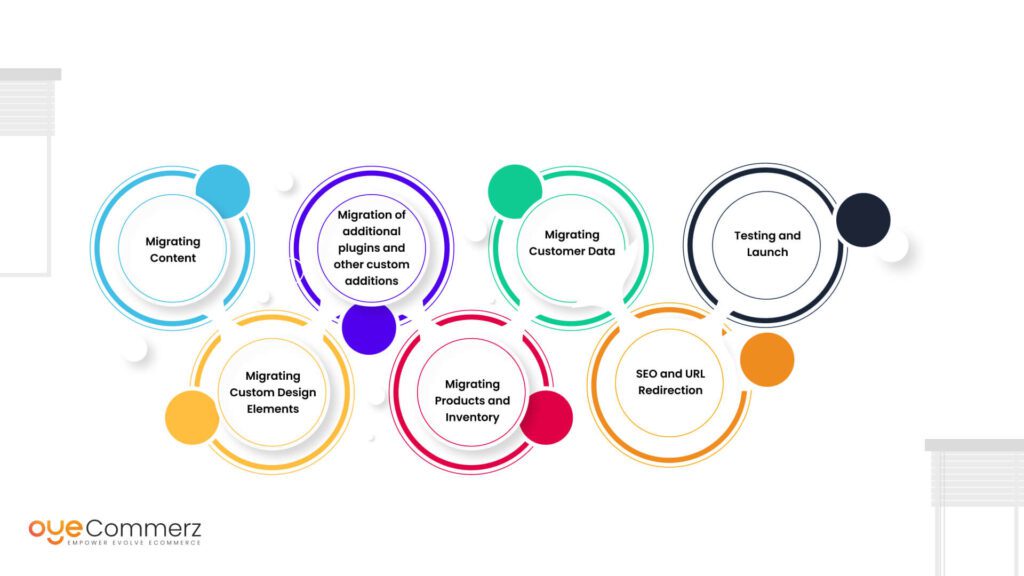In the ever-evolving sphere of digital commerce, choosing the best system is essential for your company’s growth. If you’re presently using WP and planning a migration to an alternative, you’re not by yourself. Numerous businesses are making this transition to leverage Shopify’s comprehensive features, simplicity, and growth potential. This guide will guide you on the steps of migrating from WordPress to Shopify seamlessly, making sure that you achieve your eCommerce potential.
Why Transition from WP to this platform?
Ahead of diving into the migration journey, it’s crucial to know why this change can be helpful for your digital storefront:
User-Friendly Interface: Shopify features an intuitive interface that streamlines store management, making it easier for non-technical users.
Flexibility: As your company grows, Shopify can accommodate higher visitors and sales without affecting performance.
Integrated Features: Shopify provides integrated features for SEO, analytics, payment management, and much more, minimizing the necessity for numerous plugins.
Robust Protection: With Shopify, you get access to strong security features that protect sensitive customer data.
Steps for a Smooth Migration
Migrating your online store from WordPress to Shopify requires several steps.
Here’s steps to achieve a successful transition:
Outline Your Migration Approach
Start by drafting your migration strategy. Identify which aspects of your current site you wish to move, such as:
Inventory information
Customer information
Purchase logs
Blog content
Select the Best Migration Option
Considering your preferences, choose a migration service that suits your store. Professional services offers several options:
Entry-Level Plan: Ideal for compact stores with minimal products.
Standard Migration Package: Suitable for medium-sized businesses with more complex demands.
Advanced Plan: Perfect for larger stores demanding custom customization.
Secure Your Data
Prior to initiating the migration, make sure that you have a full copy of your WordPress site. This step is critical in situations where anything goes awry during the transfer.
Extract Your Information from WP
Utilize extensions or manual methods to export critical content from your WP site:
Items
Clients
Transactions
Blog posts
Upload Information into Shopify
After you have your content extracted, use Shopify’s import tools or third-party apps to migrate your content into your new store. Ensure that all data is properly formatted and aligned.
Adapt Your Shopify Platform
Once uploading data, tailor your Shopify store’s layout to reflect with your brand identity. Think about hiring a designer if you require complex customization.
Configure Checkout Systems and Logistics
Configure transaction methods and delivery choices in Shopify to ensure a user-friendly transaction experience for customers.
Apply Search Engine Optimization Best Practices
To keep your search engine rankings during the change:
Implement 301 URL mappings from existing URLs to new ones.
Revise descriptions.
Adjust media and copy for better ranking.
Evaluate Your Migrated Platform
Before publishing, extensively check your Shopify store. Look out for any broken links, transaction errors, or incomplete files.
Launch Your Site
Once everything is in ready, Shopify content optimization it’s time to go live! Announce the transition to your customers and invite them to discover the updated offerings of your Shopify store.
Post-Migration Assistance
Following releasing your Shopify store, continued assistance is important. Explore working with professionals who can help with:
Troubleshooting
Customer engagement
Performance optimization
Conclusion
Migrating from WP to this platform can be a game-changing move for your Shopify for small business online retail. By using this guide and working with tools like those offered by dedicated providers, you can achieve a smooth transition that boosts your business potential. Adapt to the change and discover the potential of Shopify today!
